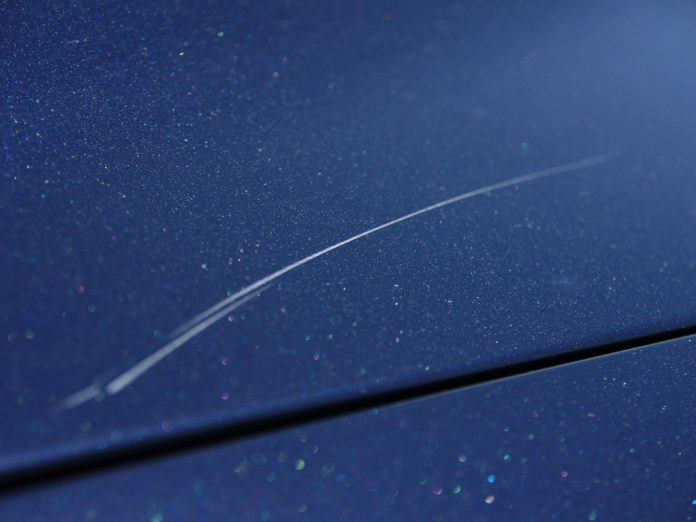Superlubricity is a term used to describe a motion where friction disappears or very nearly disappears. Now a team of researchers led by Dr. Elton Santos from the University’s School of Mathematics and Physics has found that as well graphene having superlubricity, they also discovered that just a few layers of hexagonal nitride (h-BN) are light, flexible, and cheap to produce. But even more importantly these layers are as tough as diamonds.
This is an exciting discovery and one that could be used in the future to develop some pretty cool products including scratch-proof car paint. “We have all at some point in life stepped on a slippery surface where we have to steady our balance so that we don’t fall. In most cases, a liquid such as water or oil is the cause, and this slippery state is what we describe as superlubricity – there is basically no friction on a surface,” explains Dr. Santos.
When it comes to graphene, “this superlubricity state comes from atomic orbitals that compose carbon atoms,” he continued. It simply slides on the top of other layers without releasing any heat. However, this does mean that graphene will become mechanically weaker and more prone to breakage. Upon studying the h-BN layers, the researchers discovered it was similar to diamonds regarding its properties but far cheaper, lighter and more flexible.
“Our key finding is that bilayer graphene develops a super-lubricity state where no heating is generated as the layers slide on top of each other. Just a few materials have these features, and it looks like graphene has joined this exclusive club,” confirmed Dr. Santos. “During this process, we also discovered that h-BN, a common lubricant used in several automotive and industrial applications, developed a mechanical strength in a few layers. These are as strong as diamond, measured in terms of a quantity called Young modulus. This is a truly ground-breaking finding as even an insulator with thin layers could not keep its Young modulus at such high magnitudes.”
The discovery could lead to the development of a number of products that could make a real difference to the world. In as little as five to ten years the team is hopeful that we’ll start to see a real benefit from this material, especially regarding things like making ink for paint that would protect against corrosion, and essentially offer a means of scratch-proof paint. How popular would that be? “Dr. Santos also advised, “This stretchy material could be used in electronic devices and motor engines to make friction very low, as no heat is released.”
Moving forward, Dr. Santos and colleagues will be looking for other combinations of 2D crystals that could one day be used in similar applications. “So far, graphene seems the best candidate, but there is still much to be explored within the library of layered materials. The future is bright for 2D materials because of the development, progress, and research currently being performed worldwide,” he confirms.
Research file Nature Communication
More News to Read
- Are We Being Observed From Outer Space?
- Astronomers Break Record in Gathering Magnetic Information for Most Distant Galaxy
- New Smart Mat Measures Temperature to Detect Foot Ulcers in People with Diabetes
- Physicists Create Quantum Memory Capable of Storing Photons
- NASA’s Solar Dynamics Observatory Captures Images of Two Fantastic Solar Flares

